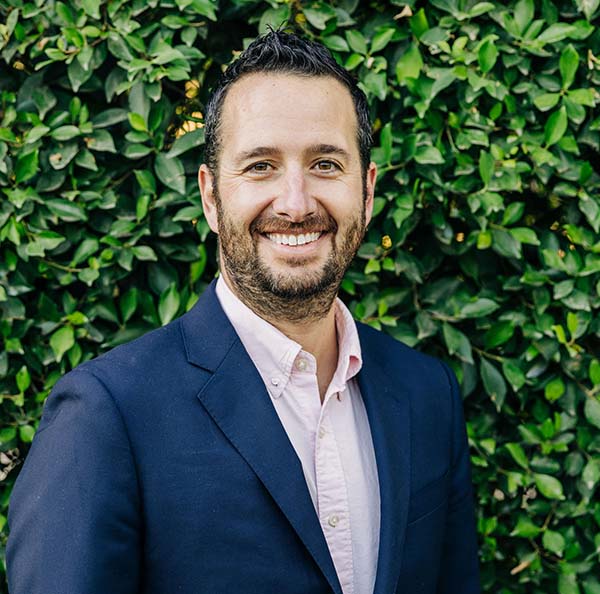In the midst of civil unrest, catastrophic climate challenges, a viral pandemic, and the dream of re-establishing democratic norms, there has never been a better time to find approaches that integrate our core curriculum with the world right outside our classroom doors and/or zoom calls. This blog offers a few strategies that you should consider in bringing forward relevant real world events with the need for ensuring students meet the rigors of your class: albeit via a remote learning environment.
You may feel like this is not the right time to do anything but survive. I can’t blame you. As an educator, parent, and U.S. citizen, I can attest to the emotional strain of this time and place. At the same time, this experience has brought forward a recurring question that I have worked to answer for the past two decades.
How do we ensure our students learn the core academic knowledge they need while also applying that knowledge to challenging real-world problems? And, how do we do so in remote and hybrid spaces?
One way to think through these questions is by considering the use of instructional methodologies that, when designed and implemented correctly, encapsulate the instruction that is needed for students to fully understand facts and ideas while also learning how to transfer their learning to real world situations. I argue that Problem and Project-Based Learning (PBL) is a worthy candidate for bringing together seemingly disparate aims of relevance and rigor.

PBL is defined as an approach to teaching and learning that begins with a relevant question or problem and is answered over the course of several days, weeks or months through direct instruction, collaborative discourse, and tasks that infuse high levels of reading, writing, and talking.
While problem and project based learning has a checkered past in improving student academic learning, the gains in this method for applying such knowledge is simply breathtaking (Hattie 2009, Hattie and Doherty 2016). However, if we design problem and project based learning from a standpoint of cognitive science and not constructivist ideology, then we can actually ensure high levels of rigor are infused in a methodology that has a great track record for relevance. Put differently, if we get away from dangerous myths including inhibiting direct instruction, focusing on a product, and continuous grouping or teaming, and rather include tried and true instructional strategies we have a recipe for success.
The good news is you are already halfway there with what you are already doing. The beauty of PBL is that it is an inquiry-based approach that starts with a relevant question that presents students with a challenge that requires them to learn core content. We just need to ensure that students are actually provided with the teaching they need to learn core content at high levels.
Here are a few strategies to begin your journey:
Design a problem or project from what you already have.
1. Starting PBL
You don’t need to start from scratch. Take whatever curriculum you are using and begin your next unit with a challenging question or task. One way to design challenging questions would be to use the three step rule:
Rule 1: Begin with one of the following stems:
- To what extent should….
- When would you……
- Who is responsible for…..
- Should we…..
Rule 2: Brainstorm a scenario
Current event – e.g. Supreme Court selection
Hypothetical situation- e.g. oil spill in local water way
Solving a team/organizational problem – e.g. planning for a pandemic
Rule 3: Incorporate learning standards
One way to find a challenging task is to go to the end of the unit and look at the application based questions or conceptual questions and frame the beginning of your unit with that question. The best tasks for meeting rigorous expectations are those that incorporate reading, writing, and talking. To meet relevant expectations tasks should involve multiple viewpoints, possess open-ended conclusions, and connect to events that are occurring or that have the potential to occur or repeat occurring in the future.
2. Sequencing PBL
Project-Based learning begins with the conceptual problem or the challenging question. When you are designing your project remember to start students with these prompts/questions. From there, students will learn core content to answer the question that was framed at the beginning of the sequence.
3. Ending PBL
When ending the project or problem, provide students with a protocol for discussing their solutions with and receiving from other students, parents, teachers, or community members. One such protocol includes a tuning protocol.
Teach students core content.
1. Start with a simple gradual release of responsibility sequence of teaching and learning
Start with the “I do”- a teacher-led approach of providing finding out what students currently know and then using direct instruction, specific modeling, guided practice, and specific targeted feedback to ensure students develop core content knowledge and skills
Go to the “We do”- a collaborative approach that brings students and teachers together to discuss core ideas and concepts within a discipline. Examples of how to structure discussions include discussing texts (see Final Word), conversing on current thinking of an idea (see Socratic Seminar), or arguing for an idea (see In2Out). Often during this time, students are also giving each other feedback through structured protocols including critical friends and tuning protocols
Finish with the “You do”- Observe students as they are working on their own tasks and offer feedback or priming students to inspect their own work by using successful examples and evaluating their work relative to rubrics.
2. Develop Assessment Capabilities
As a key part of this work, teachers should continually prime student prior thinking and ensure that students and teachers are keenly aware of student current knowledge in relation to new learning.
Connect content to multiple situations.
1. Provide students in the classroom with more than one context
Often problems or projects are framed around one situation (e.g. evaluating the concept of heroism by reading the book To Kill a Mockingbird). One suggestion is to provide students with multiple texts to evaluate the concept of heroism and not just one text. Perhaps students could evaluate the protagonist in To Kill a Mockingbird as well as a deeper nuanced understanding of Atticus Finch in Go Set a Watchman. Or, students may look to evaluate the narrative of Beowulf and the counter-narrative Grendel to debate the social construction of heroism.
2. Use twists/turns/sequels
Problem and project based learning is designed to mimic real-world situations. One of the most important aspects of real-world situations is that they are dynamic. Students should be prepared to face a change in the rubric (e.g. they may have to end their paper with a metaphor or cliffhanger rather than simply a conclusion), a change in the situation they are working on (e.g. the pandemic has been found to be airborne), or the the task has been changed (e.g. they have prepare a written summary along with their oral presentation.).
3. Provide students with opportunities to engage in discourse
Students need to have time to explore ideas, understand their peers’ viewpoints, and challenge one another on their ideas and thoughts. There are numerous protocols that allow for effective ways to engage in effective discourse including fishbowl, concentric circles, and think-pair-share
4. Ensure students are evaluating multiple viewpoints and perspectives
One way to begin this process is to have students learn about multiple viewpoints and perspectives around specific topics such as the removal of the Edward Colston into Bristol Harbour article and typing those perspectives back to the central question or situation that students are reviewing.


